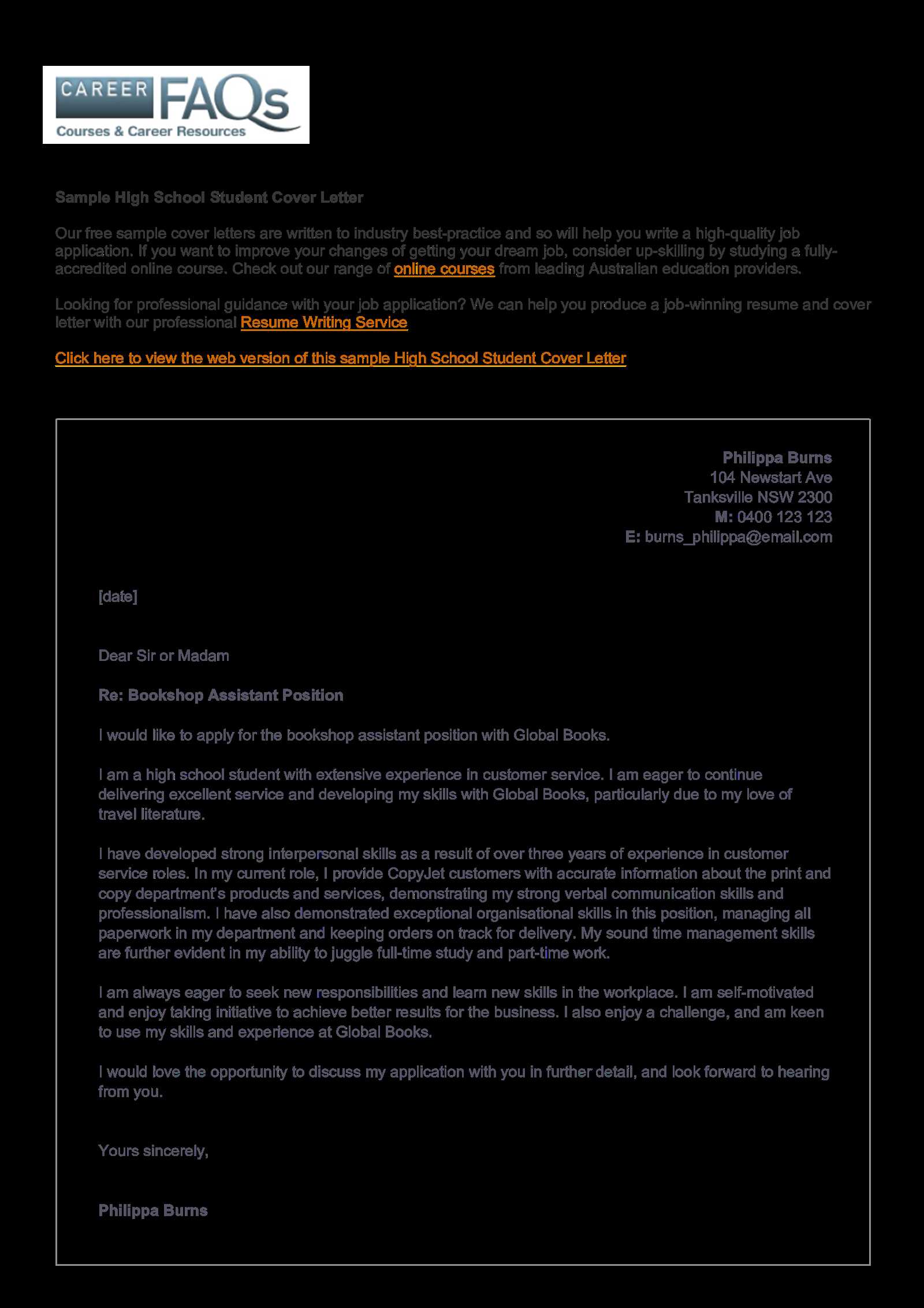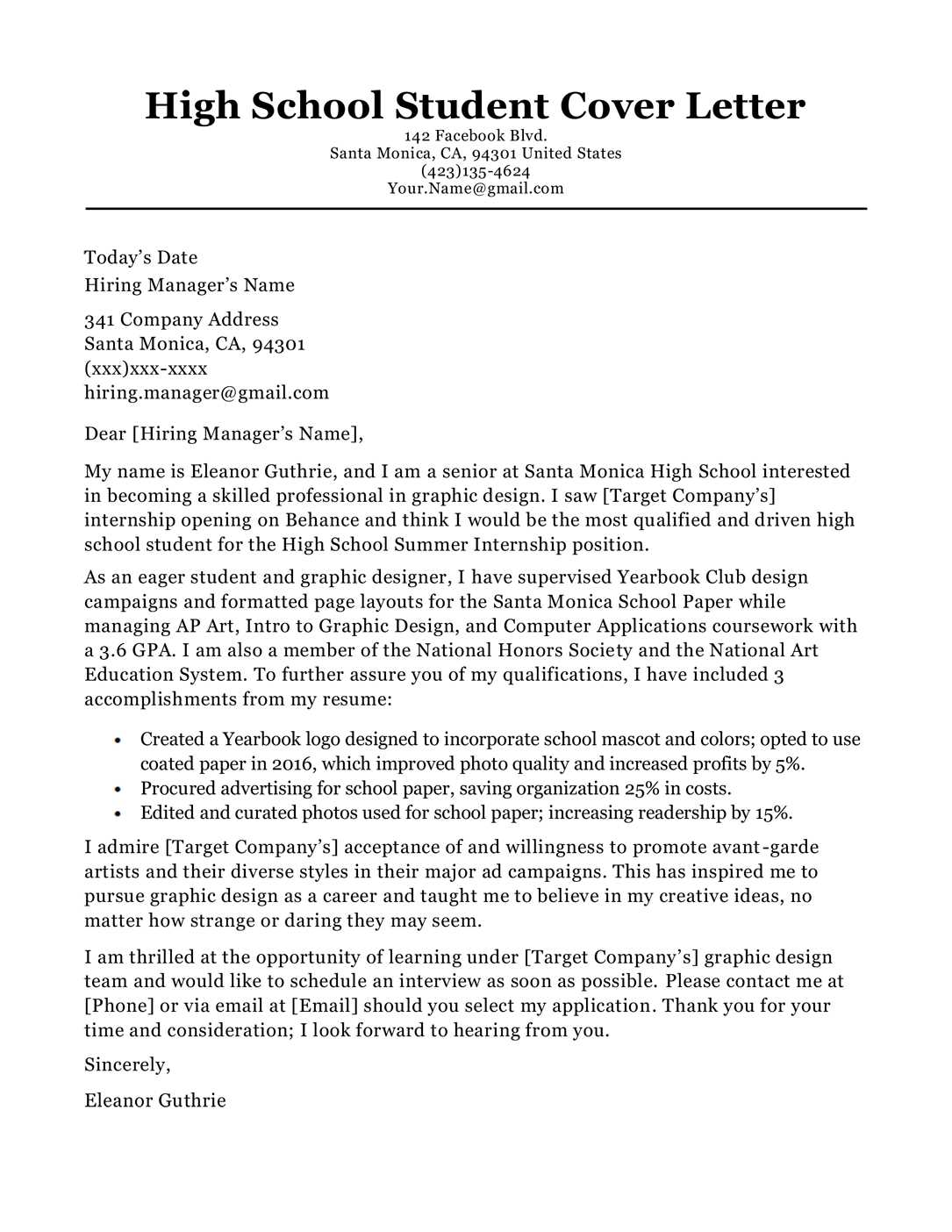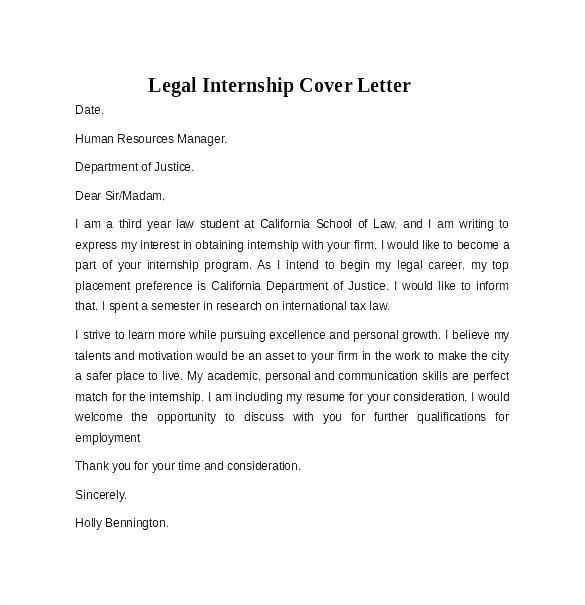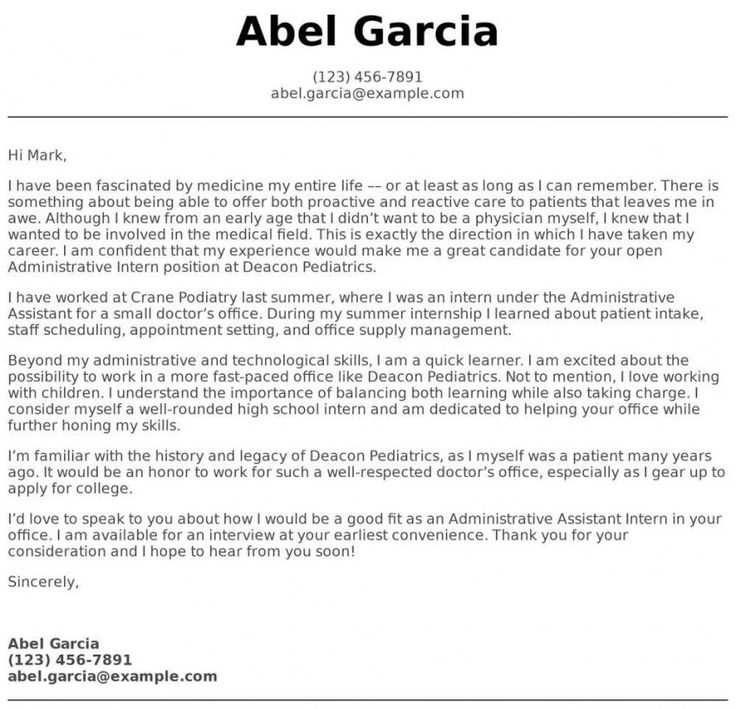High school cover letter template

Begin your cover letter with a strong introduction. Mention the specific position you’re applying for and highlight why you’re a great fit right away. This helps recruiters quickly identify your intent and qualifications. For example, instead of a generic greeting, open with something like, “I am writing to express my interest in the part-time position at XYZ company, as advertised on your website.” This immediately establishes clarity and relevance.
Next, highlight your skills and strengths that directly relate to the job. Even if you don’t have formal work experience, focus on relevant school projects, extracurricular activities, and volunteer work that showcase your responsibility, teamwork, or leadership. Be specific, showing how these experiences have prepared you for the role you’re seeking. A good sentence might be, “Through my volunteer work at the local animal shelter, I have developed strong communication skills and a passion for helping others.”
Conclude with a confident closing. Thank the employer for considering your application and express your enthusiasm for the opportunity. Finish with a clear call to action, like, “I look forward to discussing how my skills can contribute to your team. Please feel free to contact me at your convenience to schedule an interview.” End on a positive note and with your contact details.
Here are the corrected lines:
Begin with a clear and direct introduction that highlights your interest in the position. Mention how your skills align with the job requirements in the first few sentences.
Opening Paragraph

Ensure the first paragraph clearly states who you are, what position you’re applying for, and why you’re interested in the job. Avoid vague statements like “I am interested in your company.” Instead, specify what excites you about the role and its alignment with your goals.
Second Paragraph
Focus on specific skills or experiences that demonstrate why you’re a great fit for the position. Rather than general skills like “teamwork,” use concrete examples showing how your skills apply to the job you’re seeking.
Conclude by expressing gratitude for the opportunity to apply and mention your eagerness to discuss further in an interview. Keep it concise and professional without over-explaining your motivations.
- High School Cover Letter Template
A high school cover letter should highlight your strengths, enthusiasm, and the skills you bring to the table. Keep it clear, concise, and focused on why you’re a strong fit for the position or opportunity you’re applying for.
Opening Paragraph
Start by introducing yourself and mentioning the position you’re applying for. If you’re responding to a job listing, refer to it specifically. Make it clear why you’re interested in the role, and briefly touch on your qualifications.
Body Paragraph(s)

In this section, showcase your relevant experience, even if it’s from school projects, volunteer work, or extracurricular activities. Highlight specific skills such as teamwork, leadership, or problem-solving. Relate them directly to the responsibilities of the role you’re applying for.
For example, if applying for a customer service role, mention any experiences where you worked directly with people or helped solve problems. Demonstrating your ability to contribute to the organization is key.
Closing Paragraph
Wrap up by expressing your enthusiasm again and indicating your availability for an interview. Thank the reader for their time and consideration. End with a polite closing, such as “Sincerely” or “Best regards.”
Be clear and specific about why you are applying. Mention the position or opportunity you are interested in and how you found out about it. This immediately connects your letter to the role you’re seeking and shows your intent.
Skills and Strengths
Link your abilities directly to the requirements mentioned in the job description or the position’s responsibilities. Highlight your most relevant skills, whether it’s communication, leadership, or specific technical skills, and provide examples of how you have demonstrated these in school or extracurricular activities.
Why You’re a Good Fit
Explain why you’re interested in the role and how it fits with your career goals or educational pursuits. Show that you understand the company’s culture or the goals of the position and how you align with them. Keep your focus on how you can contribute.
Be sure to mention any achievements or experiences that demonstrate your qualifications, such as volunteer work, internships, or academic projects. Avoid repeating information from your resume. Instead, use this section to expand on key highlights that would add value to the employer’s needs.
List skills that directly relate to the position you’re applying for. Include specific abilities like problem-solving, communication, or leadership, along with technical skills like coding or social media management if relevant. Tailor your skills to match the job description, highlighting your strengths that make you stand out. For instance, if the role requires teamwork, mention collaborative projects or leadership roles you’ve had. If the job needs a strong grasp of certain software, list your proficiency level with those tools. Show how these skills make you a fit for the job and the company culture.
Tailoring your cover letter shows you’re not sending a generic application. Adjust your tone, skills, and experiences to match the job description. This makes it clear you’ve done your homework and are genuinely interested in the role.
First, read the job posting carefully. Identify key skills and responsibilities that the employer emphasizes. Highlight these in your letter, ensuring your experience matches their needs. For instance, if the role requires leadership, mention specific instances where you’ve led a team or project.
Next, match your qualifications to the company’s mission or culture. Research the company to understand its values and objectives. Align your letter with these, showing how your background makes you a strong fit for their specific goals.
If applying for a volunteer position or an internship, emphasize your willingness to learn and contribute. Focus on transferable skills and experiences, such as teamwork or problem-solving, rather than direct job experience.
| Job Description Focus | Your Letter Customization |
|---|---|
| Leadership Skills | Mention any leadership roles, team management, or group projects you’ve handled. |
| Problem Solving | Provide examples where you’ve identified and solved challenges, showing critical thinking. |
| Technical Skills | List relevant tools or software you’re proficient in, especially if they match the job requirements. |
Finally, wrap up your letter by expressing your enthusiasm for the opportunity and how your specific skills can benefit the organization. Be sure your enthusiasm is matched by your qualifications–show, don’t just tell, why you’re the best choice for this position.
End your cover letter with a confident, clear closing that reinforces your interest and availability. Keep it concise but strong, leaving a memorable impression on the reader.
- Express appreciation: Thank the reader for their time and consideration. This shows respect and gratitude, enhancing your professionalism.
- Reaffirm interest: Briefly mention your enthusiasm for the role and how you look forward to contributing. This leaves a strong, positive impression of your eagerness.
- State your availability: Let the reader know you’re available for an interview at their convenience. This shows flexibility and readiness.
- Use a confident closing line: Phrases like “I look forward to hearing from you” or “I am excited to discuss how I can contribute” demonstrate assurance without being overly formal.
Finish with a professional sign-off such as “Sincerely” or “Best regards” followed by your full name. This ensures your letter remains formal while being friendly and approachable.
Avoid sounding too informal. High school letters should maintain a professional tone while reflecting your personality. Using slang or overly casual language can give the wrong impression. Stick to clear, respectful language that shows you’re serious about the purpose of the letter.
1. Overloading with Information
It’s easy to get carried away when you have lots of accomplishments to share, but cluttering your letter with too much detail can overwhelm the reader. Focus on the most relevant points and keep your letter concise. Highlight a few key achievements that directly relate to the purpose of the letter.
2. Not Proofreading
Spelling and grammar mistakes can undermine your credibility. Always proofread your letter before sending it. Take time to check for errors, or ask someone else to read it. Even small mistakes can make a big difference in how your letter is perceived.
3. Failing to Address the Recipient Properly
Using the correct title and name of the recipient is vital. Whether it’s a teacher, principal, or another school official, make sure you address them correctly. If you’re unsure of the title, take the time to find out. A letter that begins with “Dear Sir/Madam” may seem impersonal.
4. Being Too Vague
Avoid generic statements like “I’m a hard worker” without backing them up with examples. Provide concrete instances that showcase your strengths. Mention specific projects, achievements, or experiences that demonstrate why you’re a good fit for what you’re applying for.
5. Ignoring Formatting
Simple formatting mistakes, like inconsistent fonts or lack of paragraph breaks, can make your letter look messy. Keep your formatting neat and readable. Stick to standard fonts, like Times New Roman or Arial, and ensure the text is properly spaced for easy reading.
Stay focused, respectful, and clear. A well-written letter can make a lasting impression!
How to Tailor Your High School Cover Letter
A successful cover letter highlights your skills and experiences in a clear, concise manner. Avoid generic statements. Focus on the specific position you’re applying for and demonstrate why you’re a great fit.
Customize for Each Job
Each cover letter should be tailored to the position. Start by researching the company or organization you’re applying to. Identify the key qualities they value and align them with your strengths.
Showcase Relevant Experience

Use examples from school projects, volunteer work, or extracurricular activities to showcase your skills. Be specific about the tasks you’ve completed and the results they achieved. This makes your experience more tangible and memorable.
- Highlight leadership roles in clubs or teams
- Mention any achievements or awards you’ve earned
- Discuss skills you’ve developed through part-time jobs or internships
Keep your tone confident but not boastful. Demonstrating a genuine interest in the role and how your experiences can benefit the team is key. Avoid sounding too formal or stiff; aim for a friendly yet professional tone.